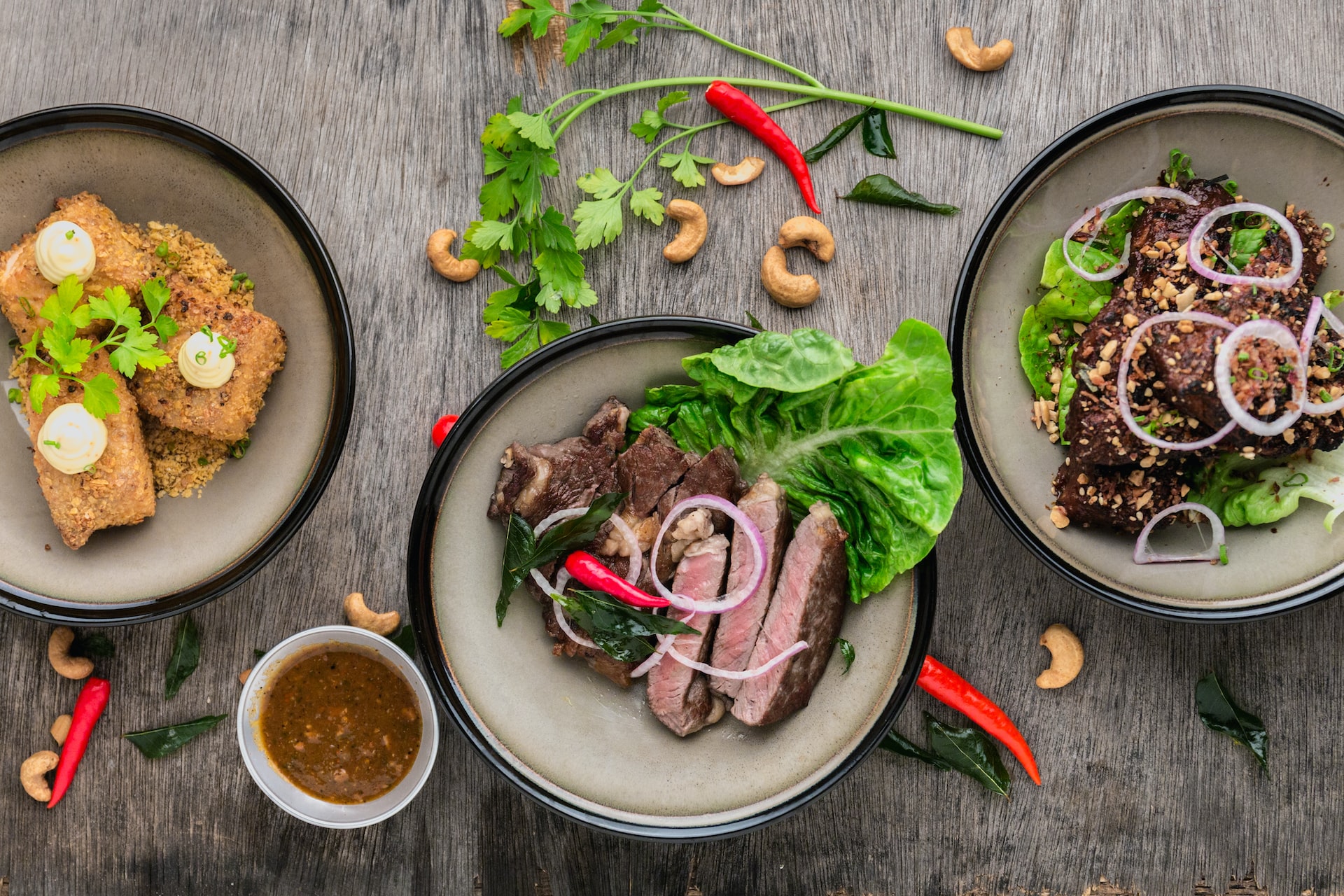
Portion control is essential to losing weight or maintaining a healthy lifestyle. Many people need help creating both satisfying and delicious, low-calorie meals. This article will provide tips for creating 300 calorie meals that you will love. We’ll also provide examples of recipes you can try at home. Let’s get started.
Focusing on portion sizes
Many of us have gotten used to large portions at restaurants, and it can be difficult to adjust when trying to eat a healthy diet. One easy way to limit calories is by weighing and measuring your food. Invest in some kitchen scales and measuring cups, or use a nutrition app on your phone to track your calories.
Fill up on vegetables and lean protein
These are the best foods for creating low-calorie, satisfying meals. Load up on different types of vegetables like broccoli, greens, carrots, tomatoes, and more. Lean proteins like chicken breast, fish fillets, tofu, or eggs can also help fill you up without loading up on calories.
Try some healthy recipes at home
Those looking for healthy meal options may be interested in recipes with under 300 calories per serving. Fortunately, there are plenty of delicious and nutritious options to choose from. For breakfast, try a spinach and feta omelet with a side of mixed berries or a Greek yogurt parfait with granola and honey.
For lunch or dinner, consider grilled chicken over quinoa, roasted vegetables, or shrimp stir fry with broccoli and brown rice. And for a snack or dessert, opt for apple slices with almond butter or frozen grapes. With all these choices, eating healthily doesn’t have to feel like deprivation. Focus on balancing protein, carbohydrates, and fats in each meal. Satisfy your taste buds while watching your calorie intake with these delicious 300-calorie recipes.
- Spinach and Feta Omelette with Mixed Berries: This delicious breakfast option packs plenty of protein and fiber, making it a great way to start the day. For just 250 calories, you’ll get 18 grams of protein and 5 grams of fiber.
- Greek Yogurt Parfait with Granola and Honey: This tasty snack comes in at just 160 calories, making it a great option when you’re looking for something sweet but healthy. It’s loaded with protein and fiber, keeping you full and satisfied all day.
- Grilled Chicken over Quinoa and Roasted Vegetables: This flavorful meal is only 295 calories per serving, but it’s packed with protein and essential vitamins and minerals to give you energy and keep your body running smoothly.
- Shrimp Stir Fry with Broccoli and Brown Rice: This flavorful stir fry comes in at just 260 calories per serving, making it a great way to satisfy your cravings without loading up on empty calories. It’s also rich in protein, vitamin C, and other essential nutrients.
- Apple Slices with Almond Butter: This quick and easy snack is just 100 calories per serving, making it a great option when you’re looking for a small but satisfying treat. With plenty of protein and healthy fats, it’s a guilt-free way to satisfy your sweet tooth.
With these tips and recipes, you can create delicious 300-calorie meals that satisfy your cravings without derailing your weight loss efforts. Whether you’re looking for a meal, a snack, or a dessert, these ideas will help you stay on track. Best of luck.
More tips
For making 300 calorie meals:
- Plan your meals and be mindful of portion sizes. This will help you avoid eating more significant portions than necessary, which can quickly lead to excess calories.
- Opt for healthy recipes at under 300 calories per serving. There are many delicious options, including breakfast foods like omelets and yogurt parfaits, main dishes like stir fries and grilled chicken, and snacks or desserts like fruit with almond butter or frozen grapes.
- Stay hydrated throughout the day to keep your body energized. Drinking enough water can also help you feel more full, making you less likely to overeat to satisfy your hunger.
Tips for meal planning
Meal planning can be a helpful tool for improving time management, maintaining a nutritious diet, and reducing food waste. When starting, it can be helpful to set aside time each week to plan and prepare meals in advance. By creating a grocery list based on these plans, you can save money by avoiding unnecessary impulse purchases at the store.
Utilizing leftovers in subsequent meals can also be helpful, as this will save time and prevent excess food from going to waste. In addition, consider involving family members or roommates in meal planning to ensure that everyone’s dietary needs are met. By incorporating these strategies into your weekly routine, you will likely find meal planning invaluable for maintaining a balanced diet and staying organized.
In conclusion
There are many tips and strategies that you can use to make 300 calorie meals that are both delicious and satisfying. There are recipes available for breakfast, lunch, dinner options, snacks, or desserts; plenty of nutritious recipes exist.



